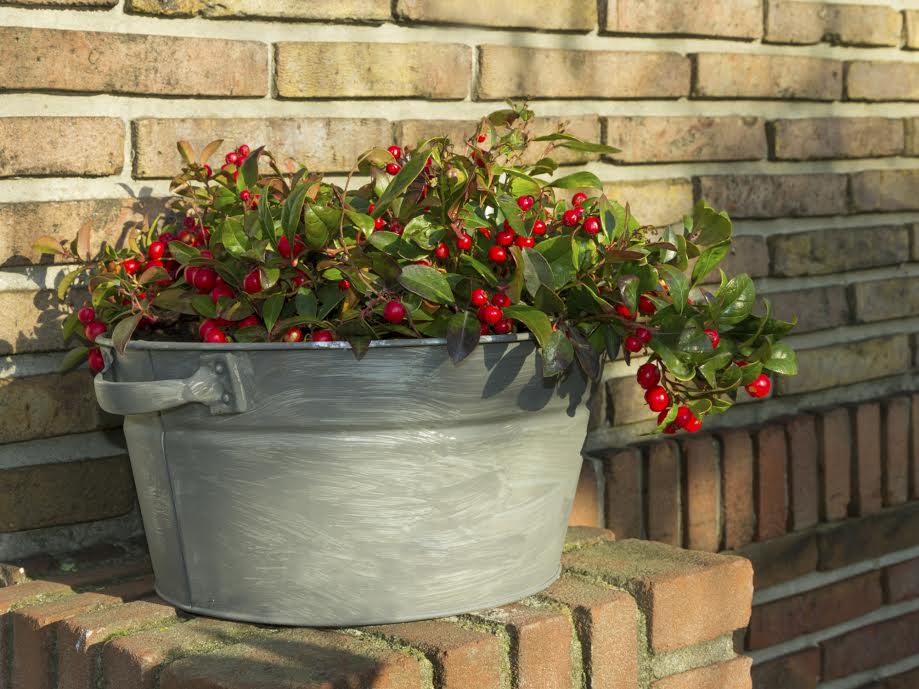Upcycling and Trash Hacking
Author: Joe Wallis
We live in a consumer culture where commodities are relatively inexpensive and usually easy to replace. As many have lamented, gone are the days of taking your TV to the local fix-it shop to add a few years to its lifespan. Many electronics are just too small and/or complex to repair for a reasonable cost, especially when you can usually get the latest and greatest without spending much more.
Of course, all of this means a lot of stuff gets thrown away. Landfills get filled, large islands of floating plastic form in the Pacific Ocean, and resources get more and more expensive over time. Of course, recycling isn’t a new concept. The Reduce, Reuse and Recycle campaign has been around for decades now, and “going green” is more in vogue than ever. But to really make a difference, people need to make it an even bigger part of their life.
What is upcycling?
Recycling is really broken into two categories. The one we usually think of is termed downcycling. That’s where you put the old materials in a bin and it’s taken off to a plant where it is broken down into different parts. These can then be processed into usable raw materials for making new products. E-cycling is a subset focused on recycling electronic waste.
The other side of recycling is, you guessed it, upcycling. Upcycling is taking a product that has completed its usefulness as it was designed and finding a new use for it. For example, the TV we had when I was a kid was housed in a very large cabinet. As mentioned above, when it broke down it was cheaper to just replace it. However, we were able to remove the TV and it’s electronics from the cabinet, which we then used to store our VHS collection.
Upcycling, sometimes called trash hacking, has gained a lot more popularity in the past few years as the maker movement has grown. Instructables, LifeHacker, and other DIY community sites have helped push the boundaries and brought new ideas to people who may have never considered them. Once you start doing these kind of projects, you feel empowered, and before long many things you would never have taken a second glance at become obvious for their useful second life.
The best way to come up with ideas is to just jump in. Check out some simple projects and find something to get you started. Obviously you’ll have to pick something you have available, but also make sure you do something that you will actually find useful. Nothing turns you away from the whole concept like feeling like you wasted your time. Once you start thinking about the projects you find elsewhere, you’ll start to find new ideas popping up around you.
But, even if the inspiration never strikes, there are plenty of ideas out there to keep anyone busy. Here are a few common and inexpensive examples:
- Use toilet paper tubes to store electronics cables. Not much of a project, but very effective.
- Turn an old grill/wash tub/tire etc. into a planter. On a smaller scale, mason jars can make great pots. This works with just about anything you can fill with dirt, just pick something that fits your style.
- Put a string of lights in a glass bottle or jar. Makes a great centerpiece or lamp. You can even hang them.
- An old classic: Use old jeans or other clothes to make a quilt.
- Tin cans make great pencil or kitchen utensil holders. Paint them to match your color scheme.
One potential problem is running out of projects that you actually need. You don’t want to clutter up your house or garage with old projects. There are a couple of ways to keep creating without becoming a hoarder. Most obviously, just pace yourself. Find things that will actually be useful. Once you run out of those kind of projects, start making things as gifts. Better yet, start an online shop on Etsy or a similar site and sell your creations. What could be better than recycling, exercising your creativity, and earning some extra cash at the same time?
The time may even come when you can start seeking out materials. You may not want to get into dumpster diving, but you can often find things at a thrift store that can be used to make something much better, and sell it for more than the original cost. You might also contact a local waste management company and see if they will let you help them with their recycling efforts. Getting involved in the upcycling movement may just open your eyes to a growing community of people who love to make new things, and preserve the old things that matter.




















